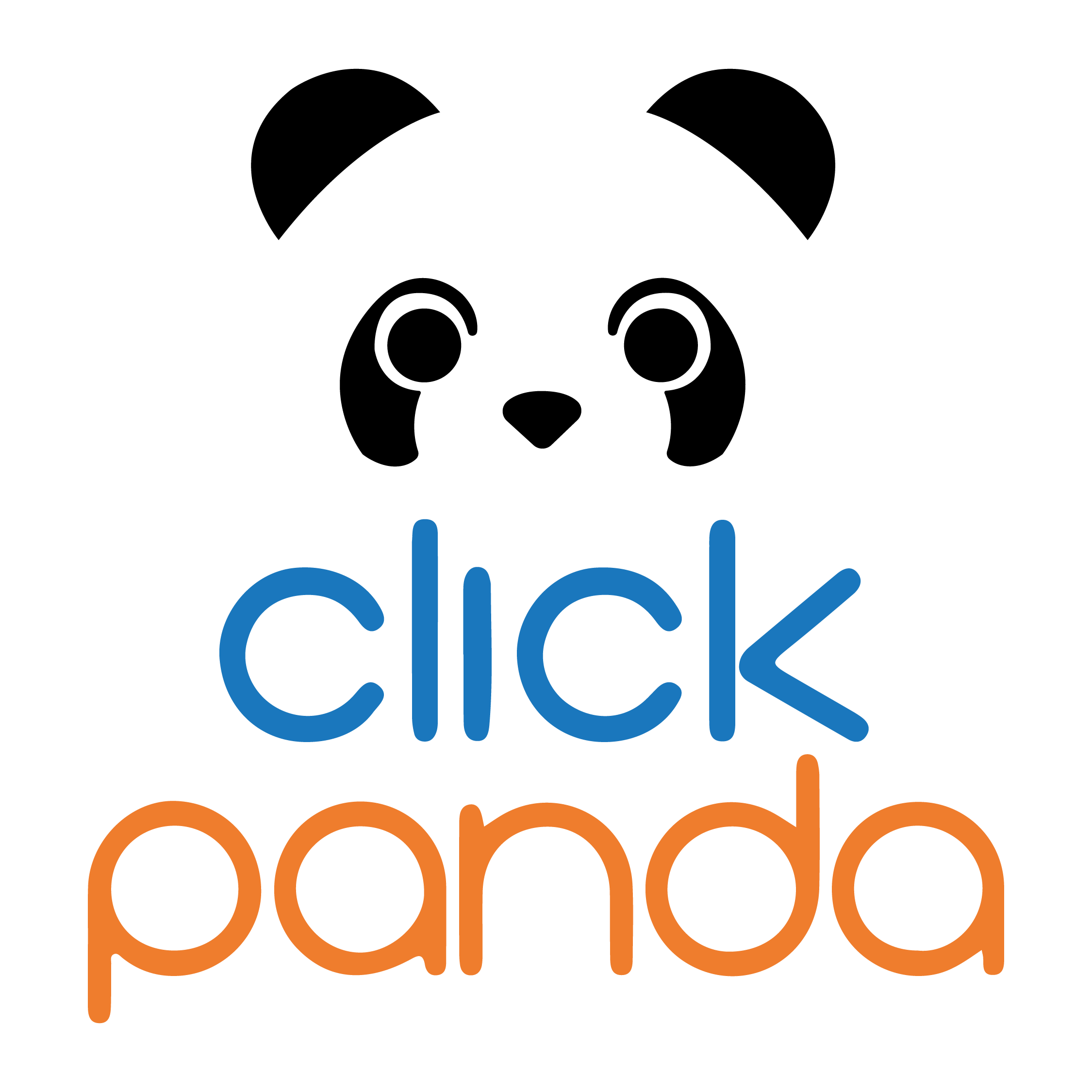
Introduction
When it comes to designing effective digital experiences, the terms UX (user experience) and UI (user interface) are frequently used, but not always understood correctly. Both are critical to creating a website or mobile app that not only looks good, but is also easy to use, intuitive and engaging.
However, although they are often used together, UX design and UI design refer to different aspects of the digital experience. In this article, we'll explore the key differences between these two terms, so you can understand how each contributes to the success of your product and why they are not the same.
Discover how UX and UI work together to deliver a smooth and effective user experience on your website or app, and how they will influence your users' satisfaction. Also, if you want to learn more about how to create a friendly URL for your blog, we invite you to read this article about how to create a blog URL.
Table of Contents
What is UX design?
Definition: UX design refers to the overall experience a user has when interacting with a digital product. Its main goal is to optimize the functionality and usability of the product so that users can achieve their goals easily and efficiently.
Focus: UX design focuses on how the user feels when using the product, ensuring that the interaction is simple, intuitive and satisfying.
Common practices:
User research: Understanding user needs, wants and behaviors.
Creation of personas and user journeys.
Prototyping and usability testing: Test different versions of the product to improve the experience.
Example: When you create a registration form on your website, UX design focuses on making it as simple and straightforward as possible, eliminating any obstacles that might frustrate the user.
What is UI design?
Definition: UI design refers to the visual interface with which users interact in a digital product. It is about designing all the graphic elements such as buttons, colors, typographies and animations to make the interaction attractive and coherent with the brand identity.
Focus: UI design focuses on how the product looks, ensuring that users can interact with the system in an efficient and visually appealing way.
Common practices:
Creation of consistent visual elements (buttons, icons, menus).
Definition of a color palette that aligns with the brand identity.
Design of legible typography and adequate spacing for a better visual experience.
Example: The design of a purchase button in your online store, which must be attractive, stand out from other elements and have an adequate size to facilitate its click.
Key differences between UX and UI
UX (User Experience):
It focuses on functionality, usability and how users experience the product.
It encompasses the structure and flow of the product, including navigation and interaction.
Seeks to improve user satisfaction by ensuring that users achieve their objectives effectively.
UI (User Interface):
It focuses on the visual appearance of the product, the design of graphic elements and visual interaction.
It deals with design details that users see and touch, such as buttons, menus, icons and other interactive interfaces.
It seeks to create an engaging experience that is not only functional, but also visually pleasing.
Relationship: The two work in tandem, but while UX establishes structure and functionality, UI ensures that the visual interaction is fluid and consistent.
How do UX and UI work together?
Collaboration: Although UX and UI are different disciplines, they are closely related and must work together to create a successful end product. UX establishes how the product should work, while UI ensures that users enjoy engaging visual interaction as they navigate the site.
Example: A checkout button (UI) on an ecommerce site must be visual and attractive, but it must also be easy to find and functional (UX). Without one of these components, the user experience will suffer.
The importance of integrating UX and UI in digital design
Impact on conversion: When combined correctly, UX and UI design can increase conversion rates and improve user loyalty.
Success story: A website design that combines intuitive navigation (UX) with attractive colors and easy-to-click buttons (UI) ensures that users not only enjoy the site, but also make more purchases or complete more forms.
If you want to create a website or mobile app with a design that optimizes your users' experience and increases conversion, don't hesitate to trust ClickPanda to help you create the perfect UX/UI experience for your business.
Conclusion:
UX design and UI design are two fundamental pillars for creating successful digital products. While UX focuses on how the product works and improving the user experience, UI is concerned with how it looks and interacts with the user. Both aspects must go hand in hand to ensure that your website or app is not only efficient and easy to use, but also attractive and visually pleasing. An excellent UX/UI experience increases the satisfaction of your users and, ultimately, the conversion rate.








